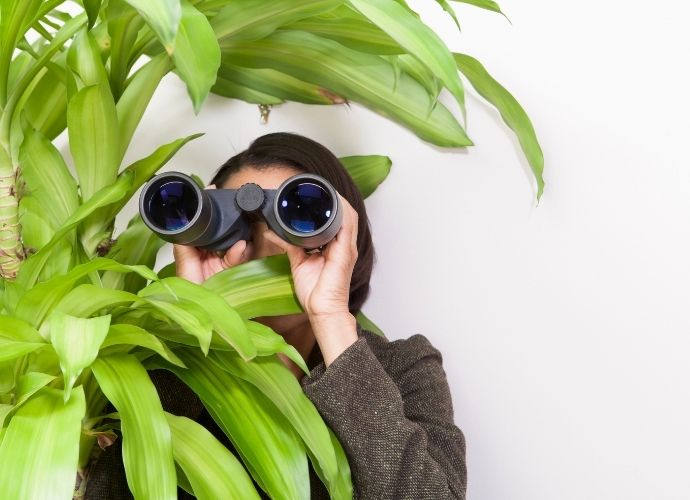Over the last many years, artificial intelligence has taken over the drone industry, giving rise to autonomous AI drones. AI drones are autonomous and self-sustainable drones that can be programmed for flight trajectory, image/video recording, and other purposes. Also, the use of artificial intelligence help make drone flights safer, secure from cyberattacks, and lowers the maintenance needs of drones.
Out of the various advantages of AI drones, none is more pronounced than the capability of detecting objects in real-time. The use of AI and computer vision technology enable drones to capture images and videos in real-time while also performing on-flight image processing to detect objects. Consider this, today, AI drones are capable of person detection in real-time using computer vision technology and on-board image processing techniques like image segmentation, neural networking, and others. The technological advancement in AI and computer vision is just opening up new possibilities for AI drones, which were previously unimaginable. Law enforcement and rescue agencies are already exploring the potential of person detection using AI drones to assist in emergency response, person tracking, site inspection, and other various use cases.
Today, there are various drone flight control apps available in the market powered by computer vision and AI that can be used to detect persons, animals, vehicles, and other target objects in real-time. Since these flights are autonomous, they can surveil the defined area for a long time and ensure timely dissemination of information to concerned agencies.
Here in this blog, we will look at how AI drones and computer vision technology come together for person detection and other use cases. So, let’s get started…
What is computer vision?
Computer vision is a sub-branch of artificial intelligence that is concerned with reading, processing, analyzing, and interpreting objects on digital media (images or videos). The technology is primarily powered by pattern recognition techniques and involves training models with thousands and millions of sample data (annotated objects). Once the algorithm is trained, the model is able to distinguish objects (persons, vehicles, animals, and others) on unlabeled digital media (images and videos).
In recent years, the advancement of machine learning and neural network technology has greatly assisted in developing robust computer vision algorithms. Today, computer vision models are able to surpass even the human eyes when it comes to detecting objects in digital media. Also, the massive amount of digital data generated each day has spurred the development and training of computer vision models and significantly improved its ability to perform object detection on digital media precisely.
How do computer vision models work for person detection?
Most of the computer vision models available in the market are powered by neural network algorithms for object detection. These algorithms are trained to detect people in real-time imagery/videos captured by AI drones or other sources. Most models can be integrated with on-board processing systems of AI drones to maintain the speed and preciseness of the person detection. As mentioned earlier, the computer vision models used for person detection are pre-trained with sample data (annotated structured data) to distinguish between various objects, including persons, vehicles, roads, animals, electronics, and other objects. This helps to improve the detection accuracy of models in real-time data from AI drones or other sources.
Some of the more advanced computer vision models are also able to continuously track a person through a live video feed.
Other Use Cases of Person Detection models
Apart from person detection, computer vision models on AI drones can be used for an extensive range of commercial and recreational purposes. For instance, the models can track a missing person for search and rescue agencies and detect potential threats around critical infrastructure. These models can also be used to check on the maintenance of oil pipelines across remote areas or perform surveillance of high-security buildings. Similarly, the models can be sued to monitor wildlife and act as deterrence against poachers. In fact, the technology has also been used to surveil social distancing during the peak of the covid-19 pandemic in China and other countries.
For commercial and enterprise purposes, computer vision models for AI drones can specifically be trained to detect custom objects. For example, the models may be trained to surveil farms, track animals, perform maintenance surveillance for solar panels across a solar farm, detect hurricane debris, and others.
The Future of Person Detection
The technological advancement in AI, machine learning, and other data science technologies is consistently opening up new possibilities for computer vision models to detect objects on digital media. In the future, the technology will be further refined to achieve near 100% accuracy when it comes to object detection in images or videos. One avenue that we may specifically see improvement is object detection at higher altitudes; since today, the technology is more tuned to detect objects from imagery taken at a lower altitude.









